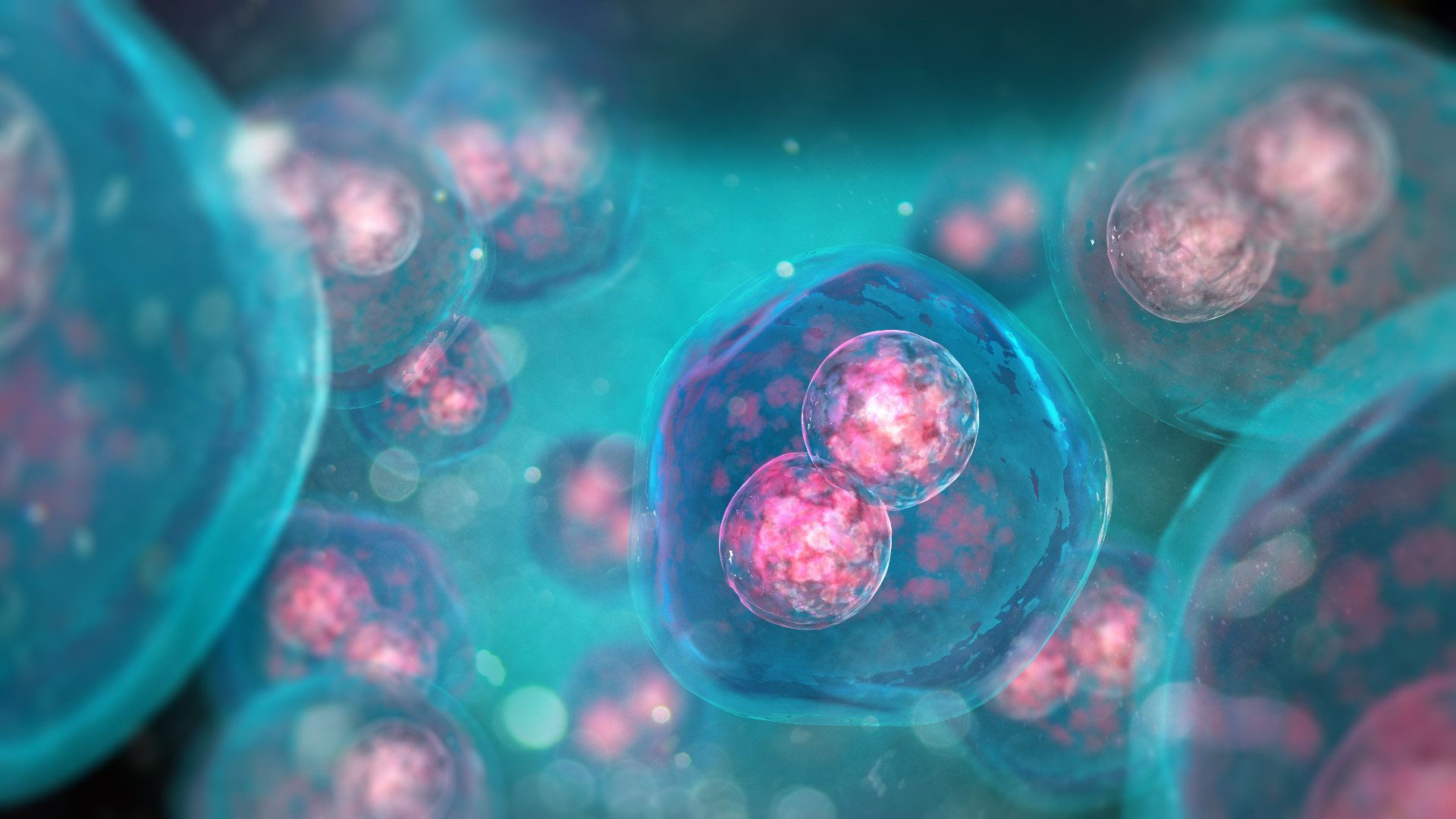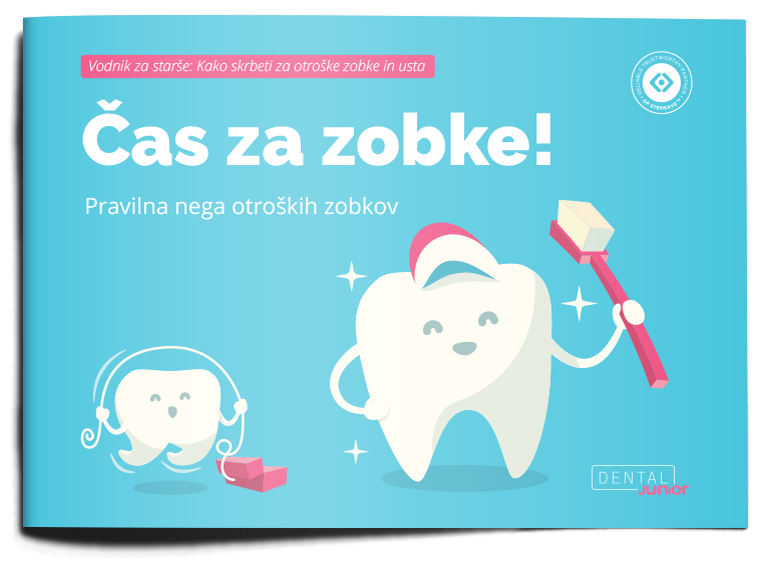
Stem cells are primitive cells akin to the first cells formed during conception. They have the unique function of naturally treating the organism throughout our life. They differ from regular cells in their ability of self-renewal, reproduction and changing into various specialized cell forms. The main sources of stem cells in our bodies are:
The best sources of stem cells are the cord blood and the umbilical cord, which are also the most easily and painlessly accessible. They are the youngest cells in our bodies and are thus the most suitable for various treatments. They contain hematopoietic and mesenchymal stem cells. The harvesting process is uninvasive and painless.
Stem cells can be extracted for bone marrow at any time. The method is drilling into the bone, harvesting the bone marrow and isolating the stem cells. These cells are older and damaged. They contain hematopoietic and mesenchymal stem cells. The harvesting process is invasive and painful.
A source of stem cells that can be gained after taking certain medicine that stimulates stem cell reproduction in the bone marrow and circulation into blood. When there is a sufficient level of stem cells in the peripheral blood, the cells are harvested through the process of apheresis. In this process the blood is filtered through a machine and the stem cells are extracted. The blood contains hematopoietic and mesenchymal stem cells. The process is invasive and painful.
Stem cells can be extracted from fat tissue. The method is liposuction and extraction of stem cells from the fat tissue. These cells are older and damaged. They contain mesenchymal stem cells. The harvesting process is invasive and painful.
Contains dental mesenchymal stem cells located in the inner part of the tooth. The harvesting process is the removal of the tooth, which is almost painless when dealing with baby teeth.

The main sources of stem cells in our bodies are
Stem cell
Stem cell reproduction
Stem cell transformation

So far the studies have shown that it is possible to direct the growth of the stem cells into different kinds of specialized cell forms, e.g.: blood cells, skin tissue, dental cells, muscle tissue and nerves. This has led to new developments in treating diseases that are currently very difficult or impossible to cure:
With the discovery of the dental pulp stem cells, a new and very potent source of stem cells has been discovered - a source that is available at any planned tooth extraction. The advantages of baby teeth are that the cells in the baby teeth are still young, more vital and have stronger regenerative abilities.
Researches have shown that dental stem cells (next to cord blood cells and cord tissue cells) present one of the most potent stem cells in our body – their replication is the faster and most durable compared to stem cells harvested from other tissues in the body.
Because dental stem cells present a source of our own stem cells, they offer several advantages in the development of new treatments. The use of one's own stem cells for treatment means a far lower risk of the body rejecting the cells and a smaller need for strong drugs that lower the immune system – these two elements are key when it comes to treatment with donated stem cells.
Stem cells age in our bodies as we grow older. Their regenerative abilities get smaller with time. The younger we harvest them, the more efficient they will be when we need them.
Žive matične celice v izruvanem zobu, so bile rutinsko zavržene vsak dan, na podlagi zadnjih dognanj v medicini, pa vam Biobanka omogoča shranitev teh celic.

